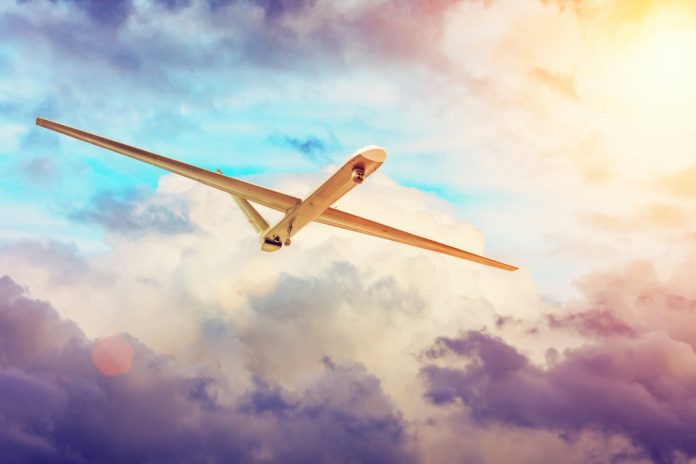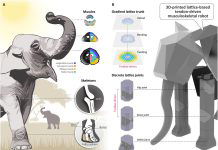
When we talk about learning, we often think of people studying new skills, like knitting or speaking Spanish.
But in the world of high-tech gadgets, learning takes on a whole new meaning.
It’s all about making machines that can keep learning and adapting by themselves, something scientists call “lifelong learning.”
This kind of learning is really important for some of the coolest technologies we’re looking forward to.
Think about drones that deliver packages, cars that drive themselves, space rovers exploring other planets, or robots doing dangerous jobs. These devices need to be smart – not just run on pre-set instructions.
Angel Yanguas-Gil, a researcher at the Argonne National Laboratory in the U.S., is working on this big challenge. He’s part of a team that recently shared their ideas in a top science magazine.
They’re looking into how to make the brains of these devices – the chips or AI accelerators – keep up with the demands of continuous learning.
Here’s the thing: right now, most smart devices are trained in advance. They learn to do specific tasks based on certain types of information, and then they’re sent out into the world. But once they’re out there, they can’t learn new things.
If they come across something they weren’t trained for, they’re stuck. To update them, you’d have to pull them out of service and reprogram them from the beginning.
But what if a space rover on Mars sees something totally new? It can’t wait for instructions from Earth – it needs to figure things out then and there.
That’s where lifelong learning comes in. The device needs to take in new information, connect it with what it already knows, and make smart decisions on the spot.
This kind of real-time learning is tough. It needs more advanced algorithms, which are like complex recipes for the device to follow. These algorithms require the device’s brain to be more powerful, have more memory, and be super flexible. And these brains, or chips, have to be small, light, and not too power-hungry.
So, what do these AI accelerators need to do? First, they have to be smart right where they are. They can’t always rely on pulling information from the cloud or waiting for humans to tell them what to do. They need to think and act fast.
Also, they have to be really good at managing their resources. They might need to change how they store data or how much power they use for different tasks. It’s like a juggler keeping lots of balls in the air without dropping any.
Then there’s something called “model recoverability.” This means the device can keep doing its main job well, even as it keeps learning new things. It also needs to avoid “catastrophic forgetting,” which is when learning something new makes it forget older stuff. And sometimes, it might need to go back to ways that worked better in the past.
Finally, these AI accelerators should be able to use past experiences to help with new tasks. It’s like remembering lessons from the past to tackle new challenges.
All these features are big hurdles for today’s researchers. But they’re working on it, and their success will mean a future where smart devices don’t just follow instructions – they learn and adapt all on their own.



